
International visitors that enter the country through Daniel Oduber International Airport, in Liberia, have become more numerous. However, on average they spend less money and time in the country.
According to statistics from the Costa Rican Tourism Board (in Spanish, ICT), in 2016 tourists spent a bit more than ¢500,000 ($884) on average during their stay, which is around ¢334,000 ($884) less than in 2009, when Guanacaste was in the throes of the economic crisis.
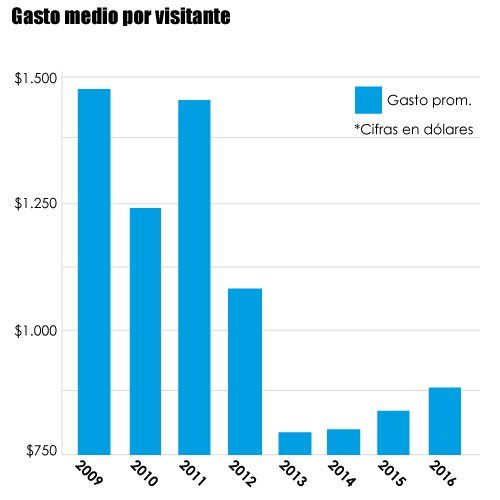
They also stayed less time here: while in 2009 the average stay was 12 days, it has gone down to eight days now.

Are monied tourists leaving our destinations? Not necessarily.
“Last year air travel was less expensive and a lot of first-time tourists arrived with less purchasing power, with shorter packages. That’s why they spent fewer days,” explained Cesar Jaramillo, general manager at Coriport, which is the company that administers Liberia’s airport.
In fact, more and more tourists arrive at Daniel Oduber every year. For example, 240,000 more visitors arrived in 2016 than in 2013, which could lower the average amount of money spent.
What can Guanacastecan business owners do to attract these tourists that spend less money and time in the province?
The response, according to sources interviewed, is to integrate rural community tourism as a complement to the sun-and-beach tourism and for business owners to diversify their products.
The dean of the Chorotega regional campus of the Universidad Nacional (UNA), Victor Julio Baltodano, proposes integrating rural community tourism so tourists who visit Guanacaste not only spend money at mega-projects, but also in the communities.
“Most tourists who stay in hotels don’t get to know the rural communities nor do they buy their products. We need to find the tourist who goes to the communities and buys quality products at a competitive price,” he said.
The president of the Tamarindo Chamber of Commerce and Tourism, Hernán Imhoff, pointed to a greater number of cultural activities and artistic events to attract different types of tourists.
“This year we’ve held good festivals and a tango event here in Tamarindo. With these activities we have doubled the arrival of tourists,” he said.
Expensive paradise
What most worries business owners is the high cost of living in Guanacaste, which could keep the budget traveler away.
The high cost of living is not just a perception. The latest study from the Ministry of Economy, Industry and Commerce (in Spanish, MEIC), from 2014, shows that buying the basic food basket for a family is 10% more expensive in Guanacaste than the rest of the country. This is detailed in the study Basket of Goods for Low-Income Homes.
Homes in Guanacaste spend, on average, ¢113,826 (in 2014 figures) per month on basic food items. The nationwide average is ¢110,277, according to the MEIC.
The head of the Hard Rock Cafe in El Coco, Gustavo Araya, says that the high cost of living has caused the province to become less competitive in comparison with other tourism destinations.
“In some cases, running a business here in Guanacaste doesn’t make sense because profit margins are so low,” said Araya.
Additionally, the trend of receiving budget tourists could level out or stop. Jaramillo also said that, overall, fares for the 19 airlines that operate in Liberia have gone up, which is expected to lead to more visitors with more purchasing power.
The good news, according to most of the sources interviewed for this article, is that the flow of tourists isn’t stopping. The challenge is knowing how to win them over.


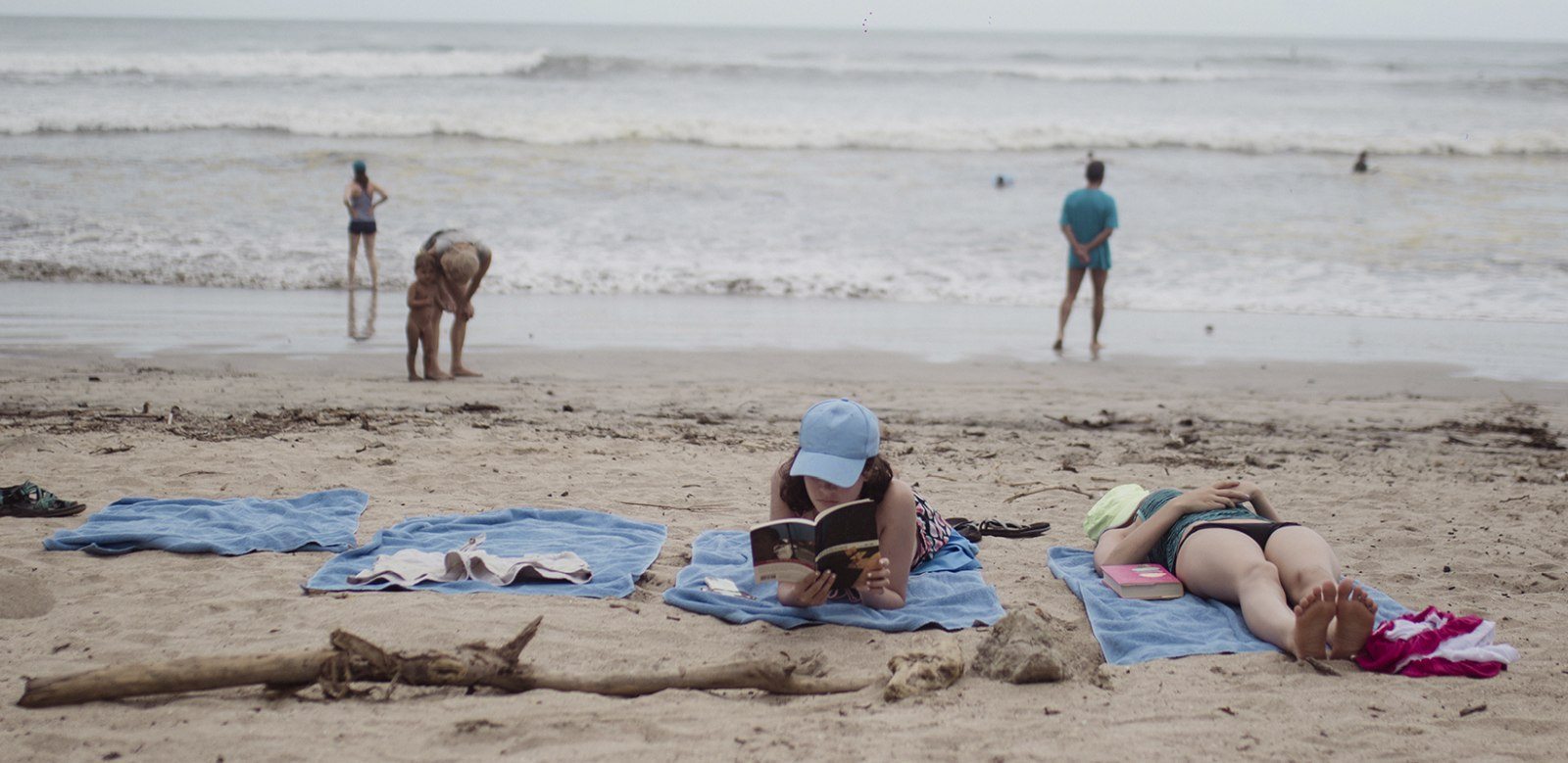
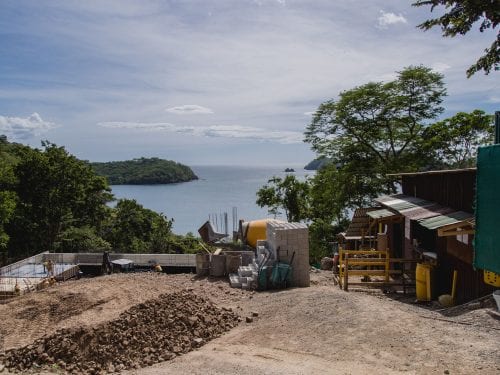
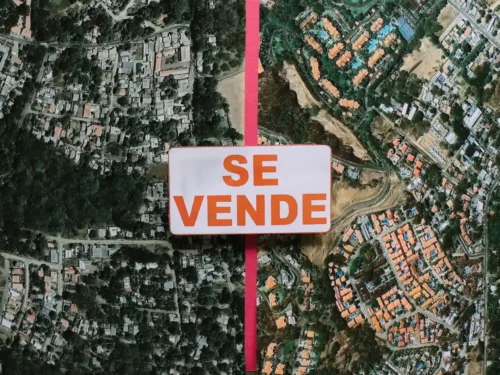
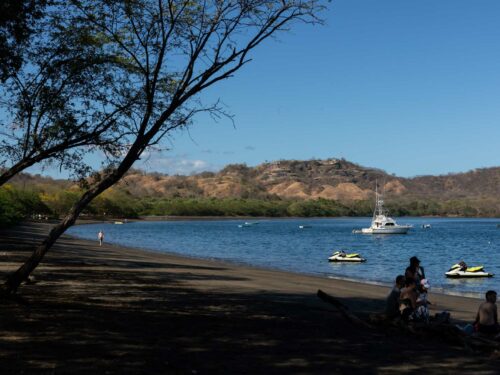

Comments